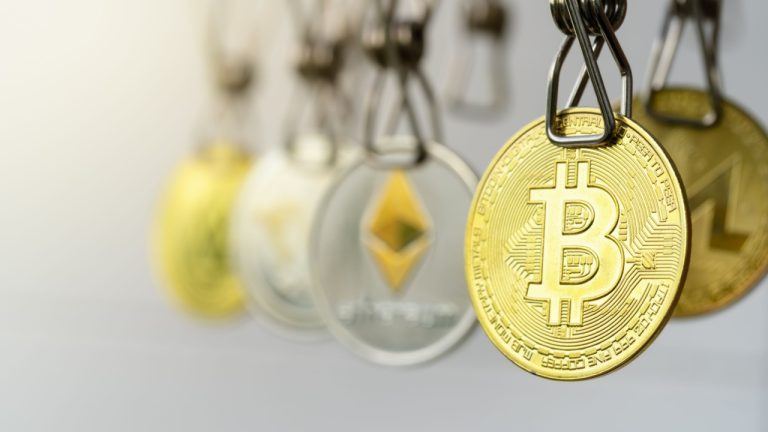Inside the ‘GAT’ tokenomics of DeFi games project Alchemy Toys
Non-fungible tokens (NFTs) and blockchain games have taken the crypto market by storm in the past year, with the frenzy and demand for digital collectibles turning into a multi-billion market.
Most of that was led by Ethereum-based dApps and games, but the rise of other blockchains, such as the Binance Smart Chain, has allowed NFT and blockchain games to flourish on other chains as well (at much lower fees and faster transactional speeds).
GATs and yields
One such Binance Smart Chain-based project making the big moves is Alchemy Toys, which harnesses blockchain technology to allow players to collect NFTs backed by its own ‘treasury,’ representing a “real” backing for holders.
Users can mint unique TOY NFTs and “melt” them into more valuable ones, with each step bringing them closer to the treasury. The USP, however, is that all TOYs are backed by real value and upheld by the growing game treasury, meaning every TOY can be used in the future to collect direct rewards (paid in BNB) and accrue value over time.
Taking it one step further, Alchemy Toys is introducing the Game Ace Token (GAT) for users to further interact with the application. All GATs are pre-mined and limited to a total supply of 1,000,000 tokens, and can be used by investors to participate in the yield farming of Alchemy Toys.
“GATs give you a way to participate in the financial dynamics of Alchemy Toys and earn rewards without the need to play the game directly,” the site explains, adding:
“As a highly versatile DeFi-vehicle, they are a way to support the projects in an early stage and automatically secure financial payouts ad-infinitum.”
Treasury mechanisms
Staker can choose to lock their GATs in one of the compatible projects to be able to participate in ‘yield farming.’ Future games are already in the planning phase, where the same tokens will be used in a similar manner.
To be eligible for rewards, users need to stack their GAT for at least one full game epoch, with the game rewarding the staked GAT-owners proportionally to the “stak’s” size. 20% of the epoch’s treasury goes to GAT-stakers (referred to as “shamans” in the game)—an approach that reduces possible “pump and dump” chances while providing more stability to the overall ecosystem.
As such, the various treasury dynamics and mechanisms in place for higher GAT value are listed below:
- 15% of rewards remain as an incentive for the next game epoch.
- Players who have not won, but hold Toys, have an interest to continue playing to win in the current epoch. All turn fees go into the treasury.
- The shamans, who stak GATs, are required to lock their tokens for at least one full epoch. This prevents pump and dump.
- All fees gathered on the NFT Marketplace flow into the treasury.
- If many shamans unlock their GATs (in order to sell them), the ROI is increased for the remaining stakers, and GAT value increases.
- If traders dump many TOYs on the market, winning an epoch becomes more probable, and thus the demand for TOYs increases.
Alchemy Toys and the NFT Marketplace ‘Minted Vodka’ are available on the BSC Mainnet. The game’s smart contracts have been audited by crypto security Solidity Finance.
For more information, visit Alchemy.toys.
Disclaimer: This is a sponsored post brought to you by Alchemy Toys.
The post Inside the ‘GAT’ tokenomics of DeFi games project Alchemy Toys appeared first on CryptoSlate.


